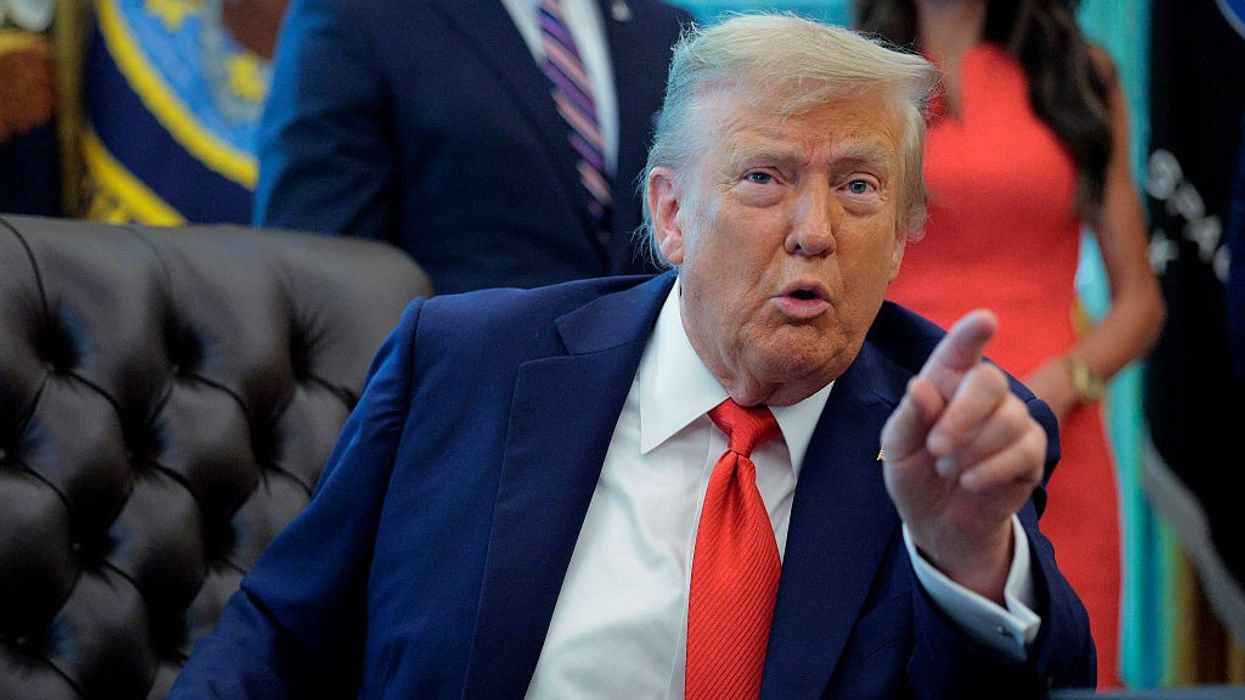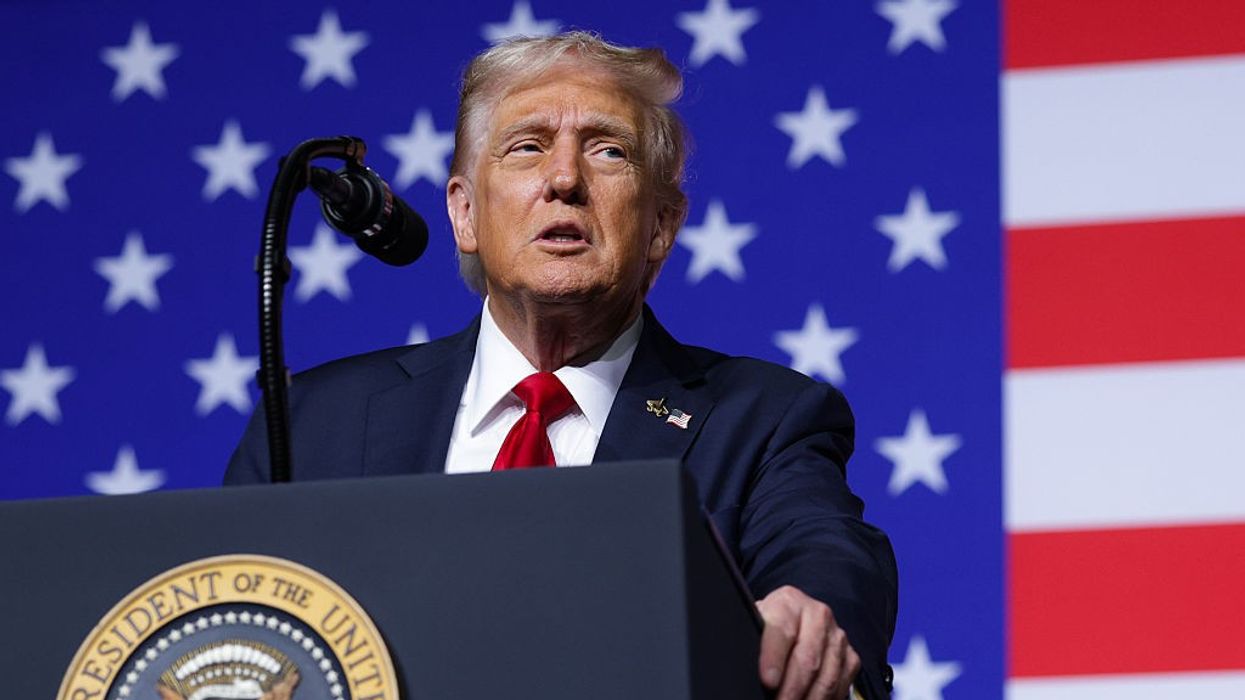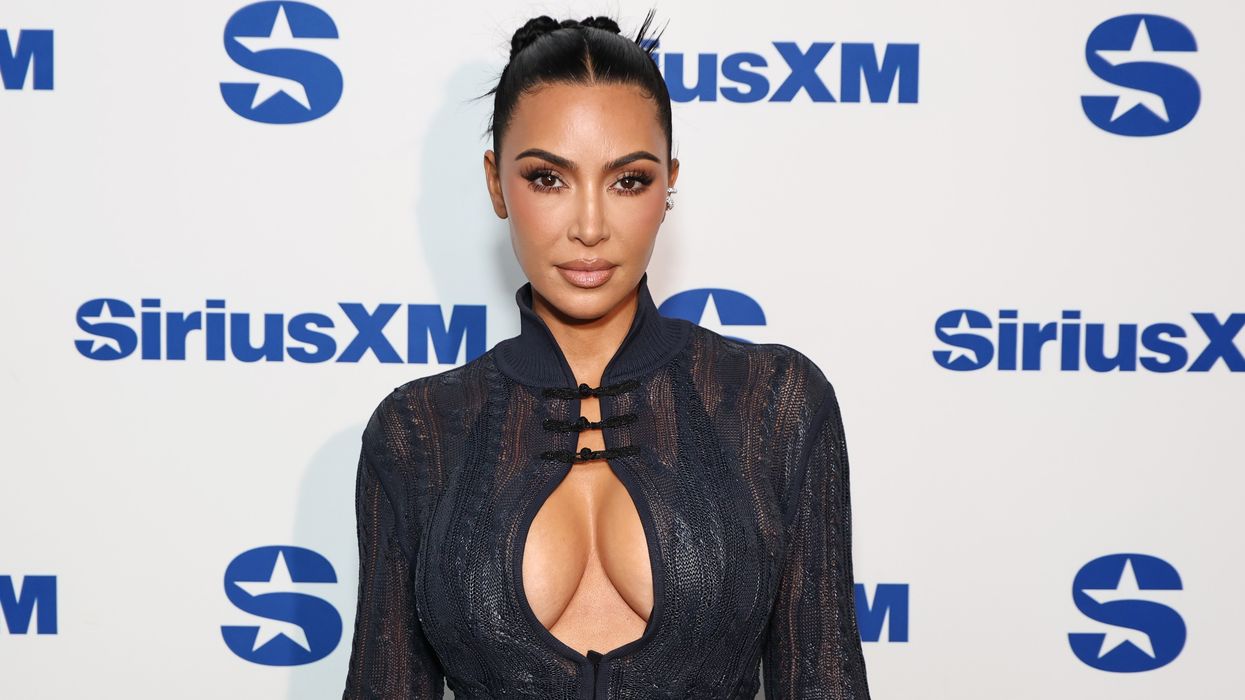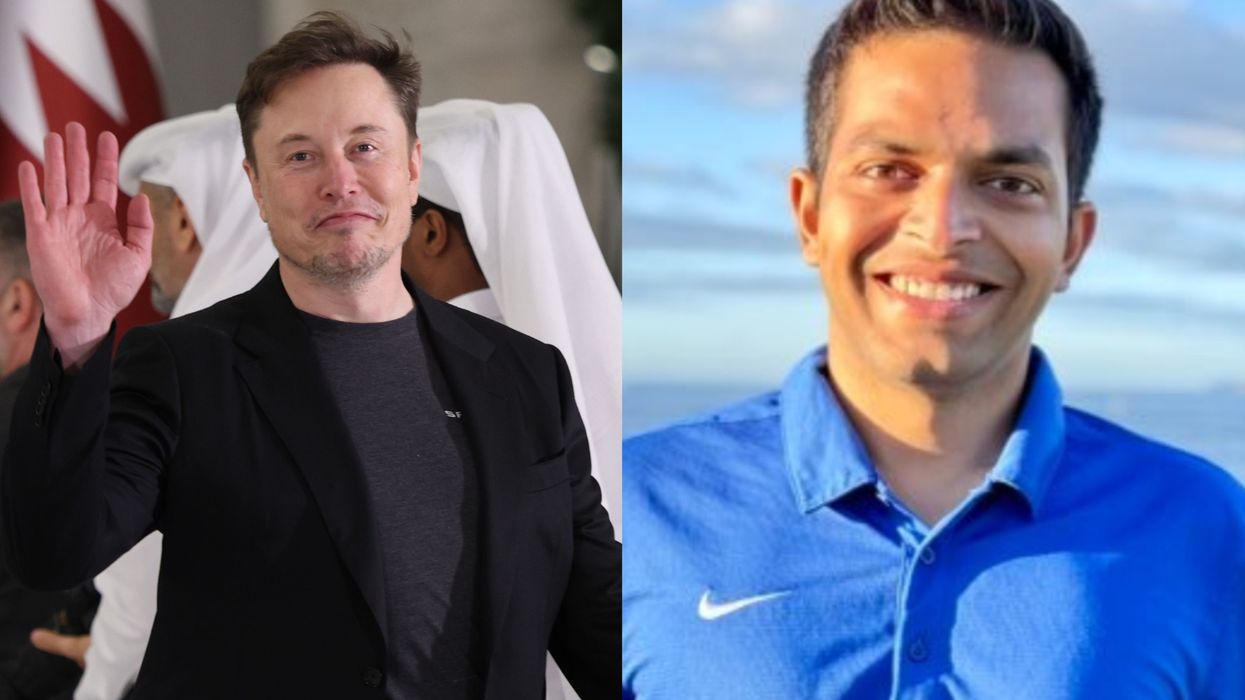INDIA'S widening trade deficit has left financial policymakers worried and now, the prime minister’s office (PMO) has got into action to address the issue, Moneycontrol reported citing informed sources.
The Indian rupee is fast depreciating against the American dollar and commodity prices have remained high. In this situation, the Narendra Modi government expects the trade deficit to widen more and is working on plans to control things, the report added.
The Asian economy’s import bill touched a record high of $612 billion (£504 billion) in FY22. The trade deficit soared to $190.7 billion (£157 billion) in FY22 from $102.6 billion (£84.5 billion) in FY21 and $161.3 billion (£133 billion) in FY20, before the outbreak of the Covid-19 pandemic.
The PMO had looked into the matter earlier as well and they were in the pre-pandemic era. In 2016-17 and 2018, the top office focused on the trade deficit when it became a buzzword in trade discourse.
In the current financial year, the monthly trade deficit has gone up from $20.4 billion (£16.8 billion) in April to $23.3 billion (£19.2 billion) in May. While the June figures are yet to be unveiled, officials feel the deficit will continue heading north further.
“Cumulatively, the trade deficit of $43.7 billion (£36 billion) in April-May was sharply higher than the $21.8 billion (£18 billion) trade deficit in the corresponding months of FY22. It was even higher than April-May FY20, before the pandemic began, when it was $33.2 billion (£27.3 billion),” an official was quoted as saying by Moneycontrol.
The quick pace at which the deficit has widened has seen discussions starting within the government ranks to fix the problem, the official said. Among some ways discussed are: classifying top categories of Indian imports that can be substituted with local products effectively and putting in place stricter product standards to slash imports of mostly consumer goods.
Other options include expanding the scope of performance-linked incentive (PLI) schemes to improve domestic manufacturing and strict non-tariff barriers against import sources like China, the official added, according to Moneycontrol.
“There is still no word on wide-ranging import duty hikes. Last week’s decision on higher tariffs for gold was not only made to check the spiralling gold import bill but also had other monetary policy consequences,” another official was quoted as saying.
The Indian government has not tried to raise import duties since the beginning of the pandemic.















